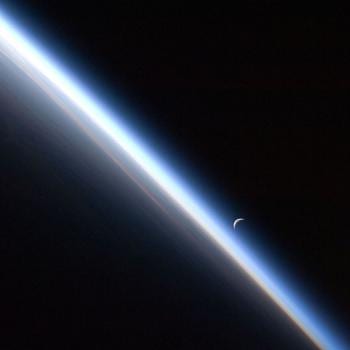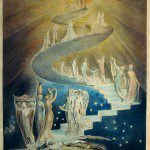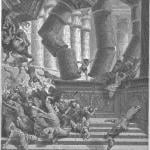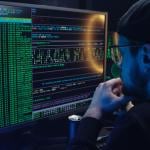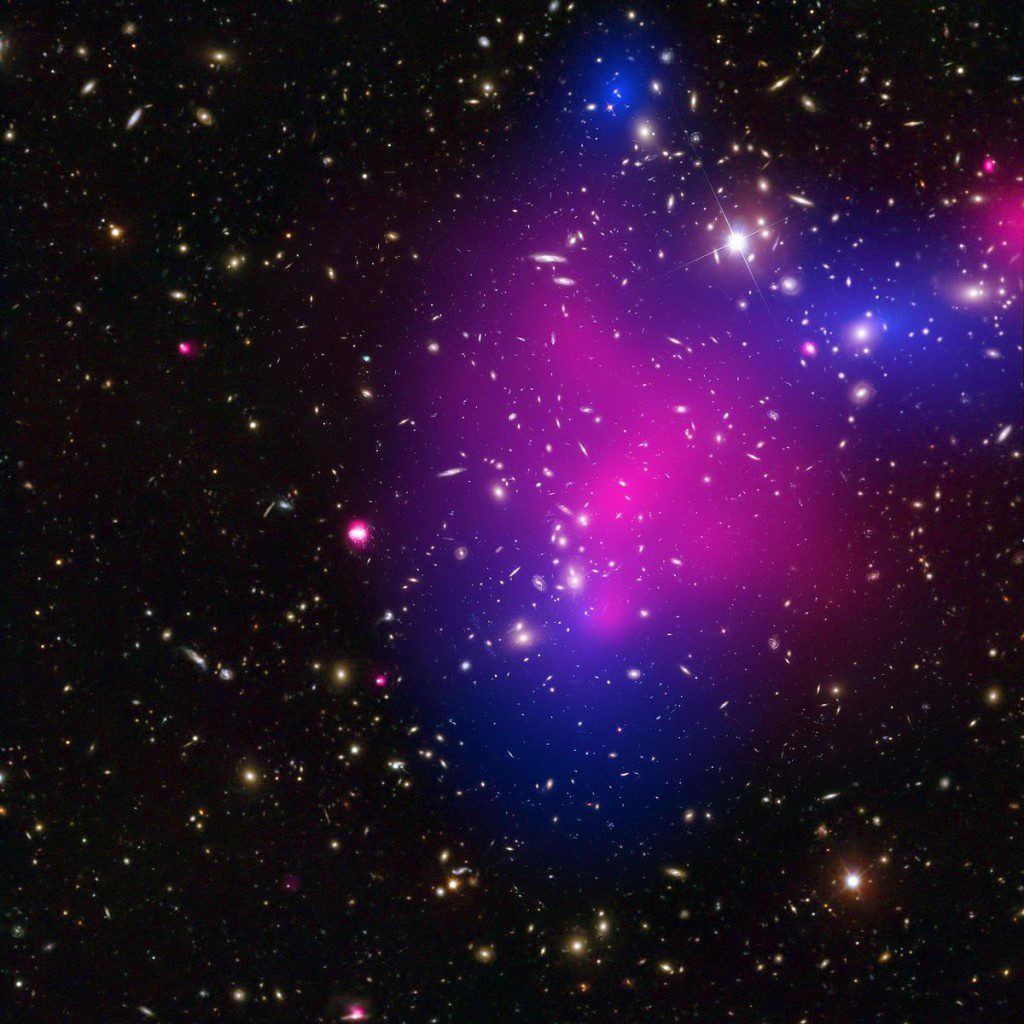
(Smithsonian Institution public domain image)
Here are few more or less unrelated quotations that I’ve drawn from Geraint F. Lewis and Luke A. Barnes, A Fortunate Universe: Life in a Finely Tuned Cosmos (Cambridge: Cambridge University Press, 2016):
Our models are mixtures of well-tested theories, reasonable assumptions and guesses; as Richard Feynman noted, ‘it is not unscientific to make a guess.’ Science happens when we ask the Universe whether we guessed right. Otherwise, the experimenter is doing little more than stamp collecting, and the theorist is just playing with numbers. (26)
Discussions of the idea of cosmic fine-tuning commonly involve incomprehensibly improbable small numbers in some cases and incomprehensibly improbable large numbers in others. Lewis and Barnes illustrate probability and improbability with a sketch from either the television series Police Squad or one of the Naked Gun films (or, at least, using their main character):
A bank vault is robbed. The armoured door was opened without force; the robbers used the access code. The police arrive on the scene.
Drebin: Maybe they guessed the code.
Hocken: No way, Frank. There are a trillion combinations. The system shows that they entered the code correctly on the first attempt. Surely the odds against that are astronomical.
Drebin: But it’s still possible, right? (28)
The fine-tuning of the Universe for life . . . is fine-tuning applied specifically to the fact that this universe supports life forms. The claim is that small changes in the free parameters of the laws of nature as we know them have dramatic, uncompensated and detrimental effects on the ability of the Universe to support the complexity needed for physical life forms. (29, italics in the original)
The great scientist Ludwig Boltzmann was driven to despair, a despair that contributed to his eventual suicide in 1906, by the continued resistance to his ideas that the properties of gases could be explained by assuming they consisted of a multitude of colliding atoms. (40)
If we think of an atomic nucleus as being about the same size as a fly, the surrounding electrons would be orbiting more than a hundred metres away. (42)




